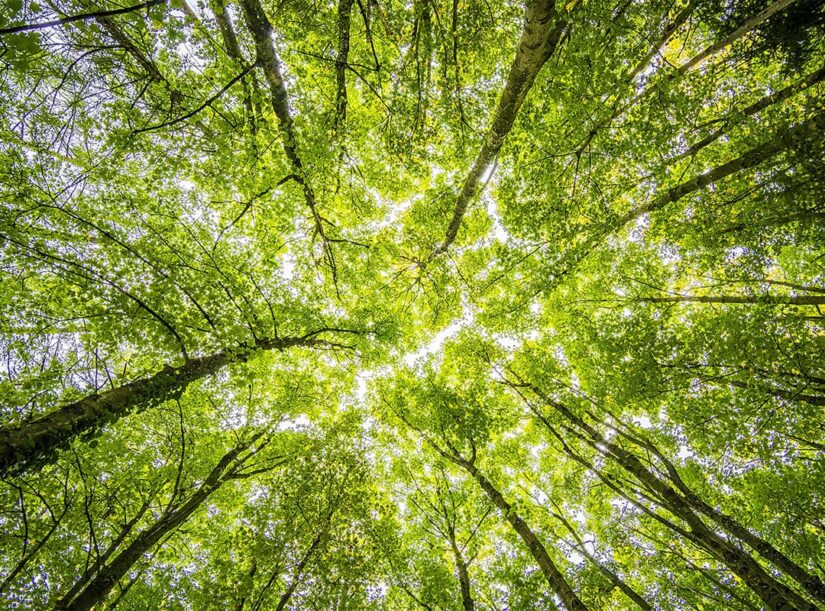The Nature Corollary: Reconnecting with the Outdoors
Amid the ebb and flow of COVID-19 restrictions, our society grapples with a profound mental health crisis, characterized by soaring rates of depression and anxiety. While conventional treatments like medication and counseling offer relief, emerging research suggests that a simple yet potent remedy lies in reconnecting with the great outdoors.
The profound impact of nature on our psychological well-being has garnered attention amidst the pandemic’s turmoil. Neuroscientists posit that immersing ourselves in natural environments activates the ventral striatum, a brain region associated with pleasure and motivation. This sustained activation not only boosts mood but also reduces the production of stress hormones like cortisol, fostering a sense of calm and contentment.
Moreover, our brain’s remarkable plasticity enables us to forge new neural pathways through positive environmental experiences. This phenomenon, known as neuroplasticity, empowers us to reshape our thought patterns and cultivate lasting mental resilience. Indeed, cultures like Norway’s embrace of friluftsliv (open-air living) and Japan’s practice of shinrin-yoku (forest bathing) exemplify the transformative power of nature on human happiness.
In Norway, friluftsliv is deeply ingrained in the national ethos, with its emphasis on spending time outdoors amidst the country’s breathtaking landscapes. Similarly, shinrin-yoku encourages leisurely walks under the forest canopy, offering a meditative respite from the demands of modern life. Studies conducted by Professor Yoshifumi Miyazaki affirm the profound benefits of nature immersion, including reduced anxiety and depression levels and increased feelings of vitality.
As we navigate the uncertainties of a post-pandemic world, let us heed nature’s call and embrace the restorative solace it offers. Whether through a leisurely stroll in the woods or a moment of quiet reflection by a tranquil stream, reconnecting with the outdoors promises a pathway to healing and resilience in the face of adversity.
